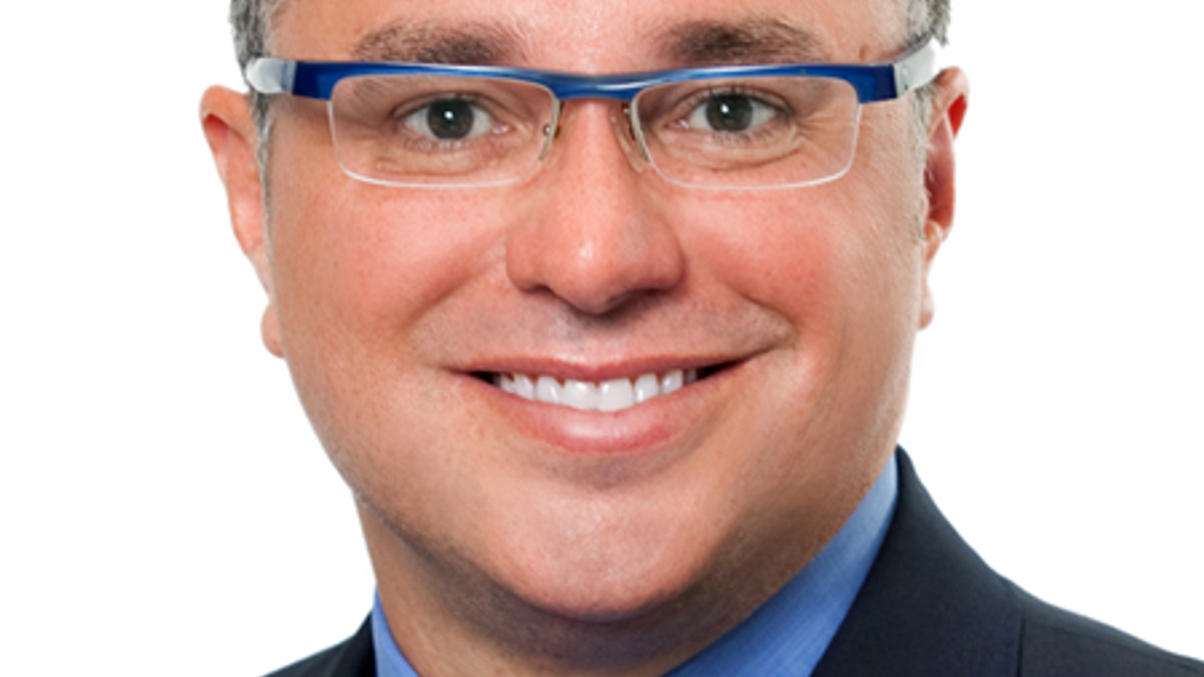Baring PE Asia closes first real estate fund
Baring Private Equity Asia's property fund will focus on Korea, the Philippines and Malaysia. The new fund illustrates investor caution as well as a desire amongst others to profit from Asia's property opportunities.

The closure of fundraising for a key Barings real estate fund has highlighted the mixed fortunes being experienced by property investors in Asia.
Sign In to Your Account
Access Exclusive AsianInvestor Content!
Please sign in to your subscription to unlock full access to our premium AI resources.
Free Registration & 7-Day Trial
Register now to enjoy a 7-day free trial—no registration fees required. Click the link to get started.
Note: This free trial is a one-time offer.
¬ Haymarket Media Limited. All rights reserved.


